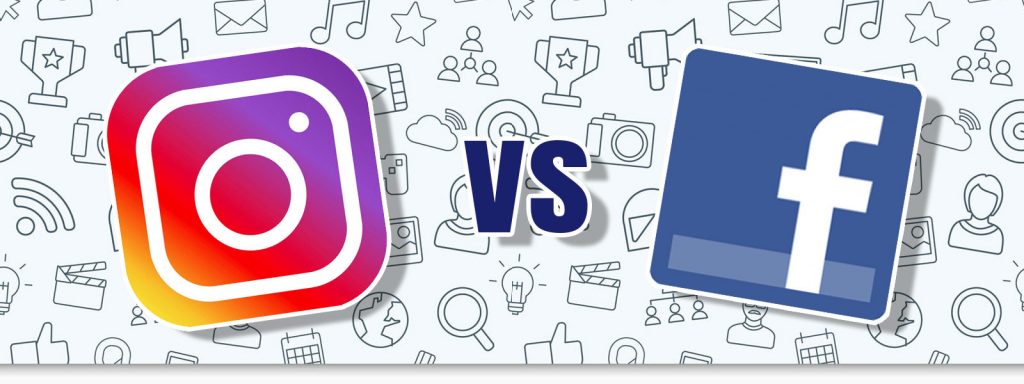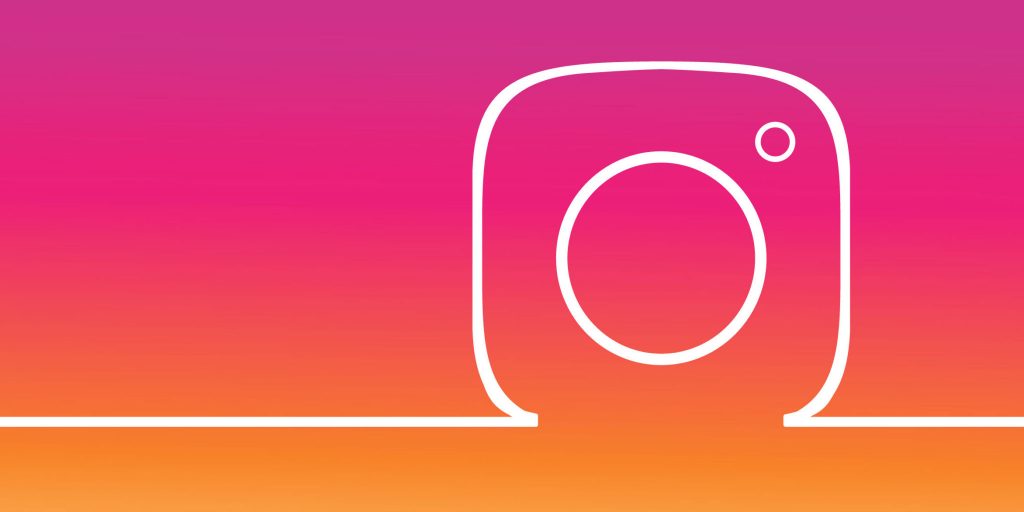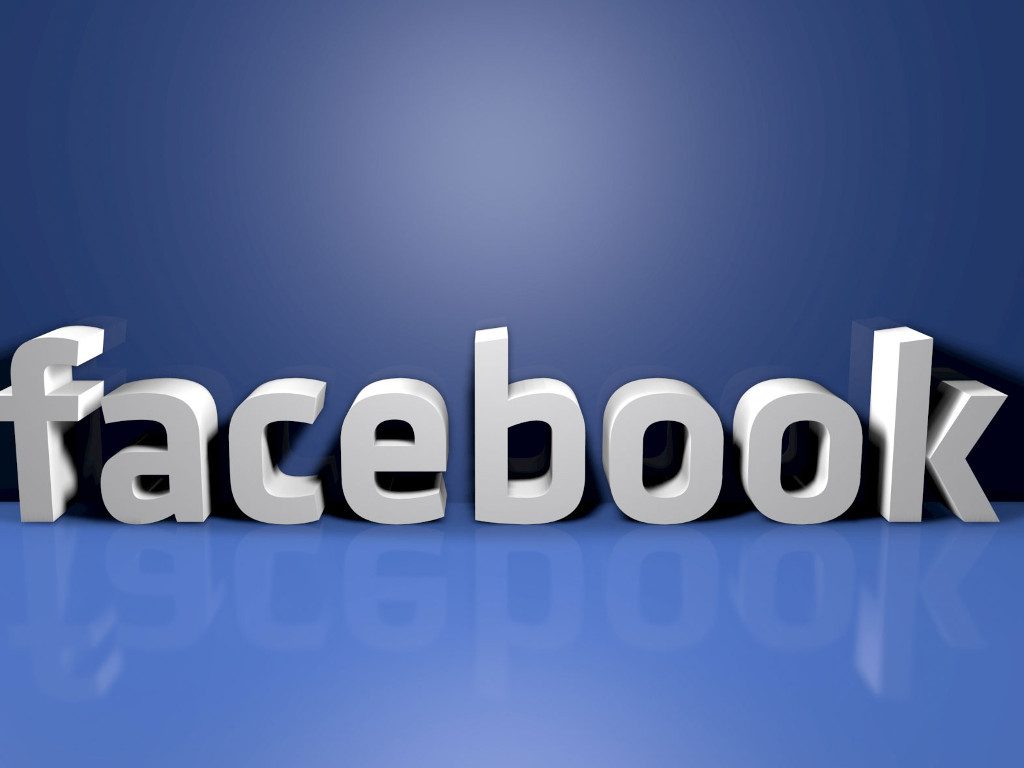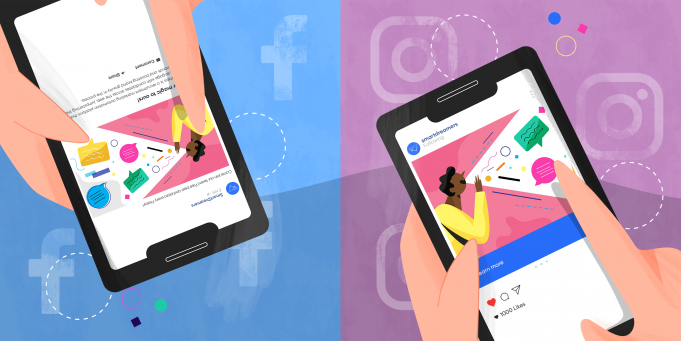Facebook and Instagram surely are the two staples of social media, and naturally, they are absolute leaders in social media marketing, and perhaps even digital marketing altogether. Even though they have the same owner, they pose a very different set of features, algorithms, and users, and respect should be employed to different marketing ends.
While Facebook still has a lot more users than Instagram – 2 billion against 800 million, in advertising, playing the numbers is rarely the best strategy. On the contrary, it’s the quality of users, quality in that context referring to the likelihood of them becoming customers, that truly counts.
SocialProof is here to walk you through the idiosyncrasies of the two platforms and juxtapose them as they relate to promoting your start-up business.

Target Audiences
The difference in audiences is the first major distinction that springs to mind. Instagram is extremely popular among people under 30 and teenagers, whereas Facebook is the preferred domain by more old-fashioned folks.
If your start-up is targeted mostly at younger people, as start-ups quite often are, then channeling your marketing efforts predominantly in Instagram would be a good choice.
However, older people usually have a lot more money at their disposal, making them higher-quality leads, especially if you’re selling something expensive. If your product is cheaper and meant to produce profit by a large number of sales rather than by the profit that each sale brings, then the older generation’s financial edge is somewhat nullified.
Style of Posts

Instagram is the digital promised land for visual posts like photos and videos. You get tons of features to augment the visual element even further, whereas the textual aspect mostly serves as a discovery tool that can get more eyes on the visual side. In that sense, Instagram is famously used by businesses in the visual industries like fashion, beauty, design, photography, architecture, and others.
Rather than engaging communities, Instagram is better for direct marketing. It’s mostly meant to spark attention and admiration rather than a conversation. There’s less to discuss and more to simply behold, want, and respectively buy.
That’s why Instagram is great for showing off products in all their glory and magnitude or getting direct, straightforward advice from digital influencers. In that spirit, Instagram is also trimmer and easier to navigate – attributes that are regarded particularly highly by the younger generations.

Facebook is more suitable for posting more textual content, messages, and links with the purpose of getting shares, spurring interaction and discourse that become the foundation of communities, generating traffic to a website and attracting quality leads.
The part about generating traffic and redirecting users to other pages via unlimited links should be specifically emphasized, as Instagram allow links to be shared only in the bio and not in posts and comments. In the modern day and age of abundance of choice and ease of use, this extra step is often a hurdle many people don’t bother overcoming.
With that being said, the visual aspect is integral to Facebook as well, with visual content being ranked higher than strictly textual posts. However, the visual and textual elements are meant to synergize, whereas, on Instagram, the visual side is meant to dominate.
This alludes to Facebook posts’ all-around versatility compared to the more straightforward and one-dimensional nature of Instagram content.
In Facebook, users expect to derive valuable information from posts, like details on a business’s agenda and story, working hours, response rates, upcoming events, and more. You can also dedicate pages to specific products and events, which makes for a very enriching dimension to business operations.
Stats on Engagement and Visibility

Engagement and post visibility are factors that no business is indifferent to, and those factors differ significantly between the two platforms.
While Facebook is supposed to generate more visibility because of its bigger audience, the fact of the matter is, brands reach only about 6% of the intended users, whereas, on Instagram, the number goes to 100%, according to a Selfstart report.
This is likely because Facebook breeds a culture of real connection by demoting branded content in favor of posts by people the user knows personally. On top of that, 40% of its users aren’t even open to interacting with companies, and there are roughly three times more marketers on Facebook than there are on Instagram.
Meanwhile, Instagram is like a powerful gravitational force in terms of engagement that completely blows out Facebook out of the water, with different reports showing a 10 to 16-fold difference in engagement rates, sometimes even much larger.
The Bottom Line
Stats on engagement are pretty clear – Instagram is definitely the place to advertise if you want more eyes, and curious ones at that, and less competition for them. However, Facebook does have its perks, especially for certain types of businesses that may be targeting more specific, old-fashioned audiences with cash to spend and perhaps a need to connect with brands on a deeper level.
However, it’s important to remember that both platforms are game-changers and bring something to the table that the other one doesn’t, so in many cases, a combined approach could reap the most sweeping results.









